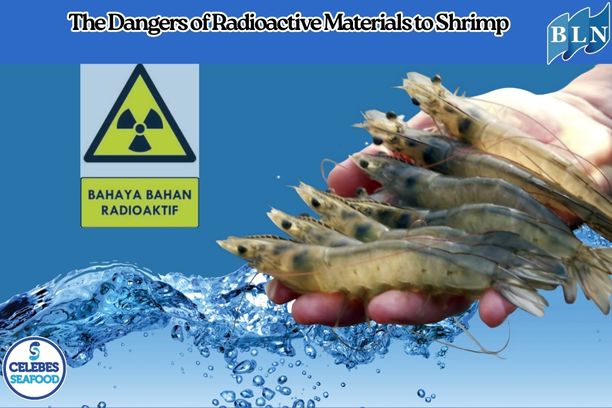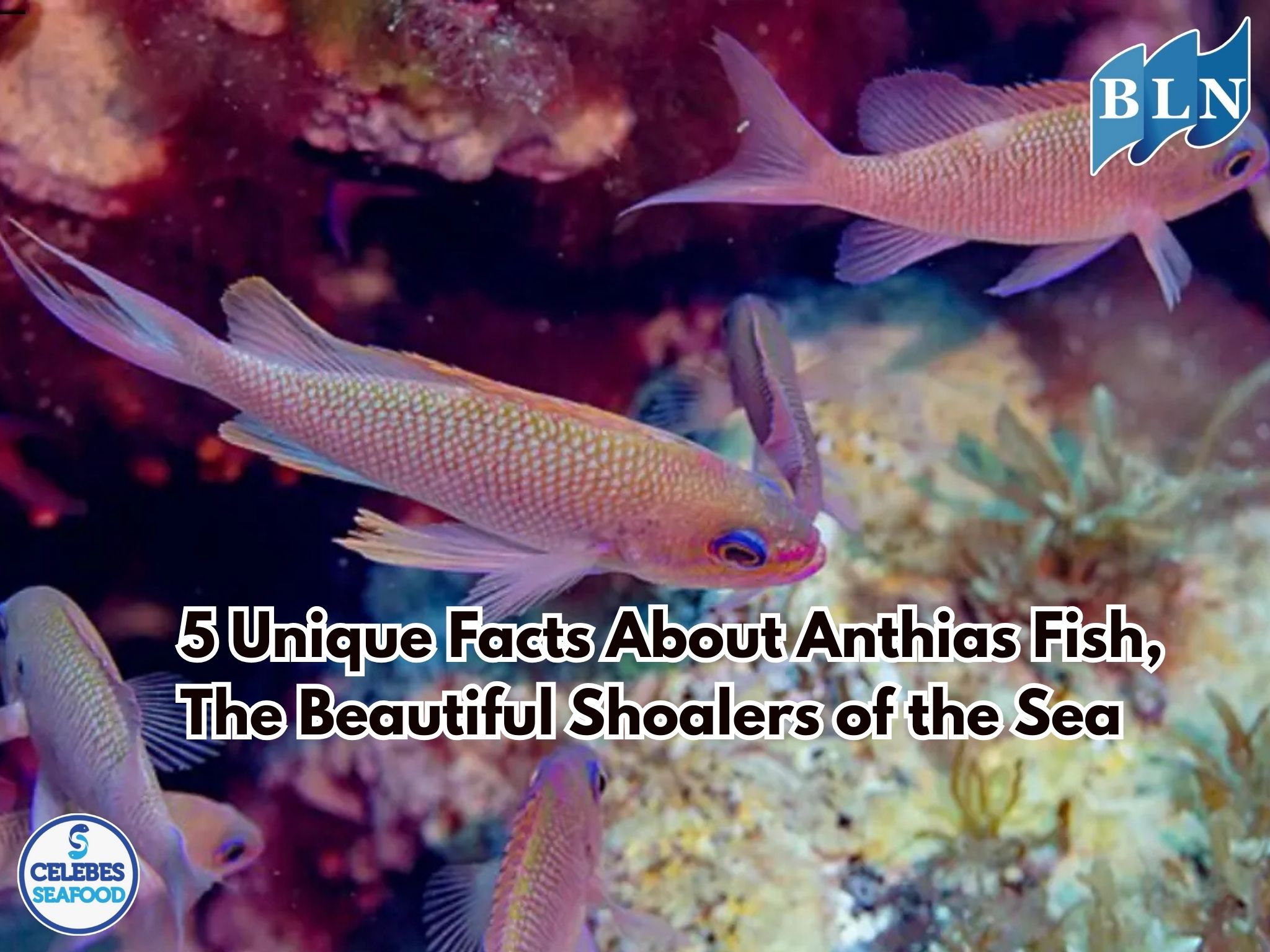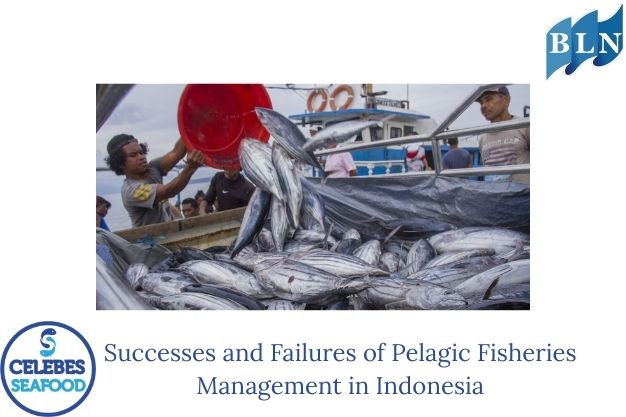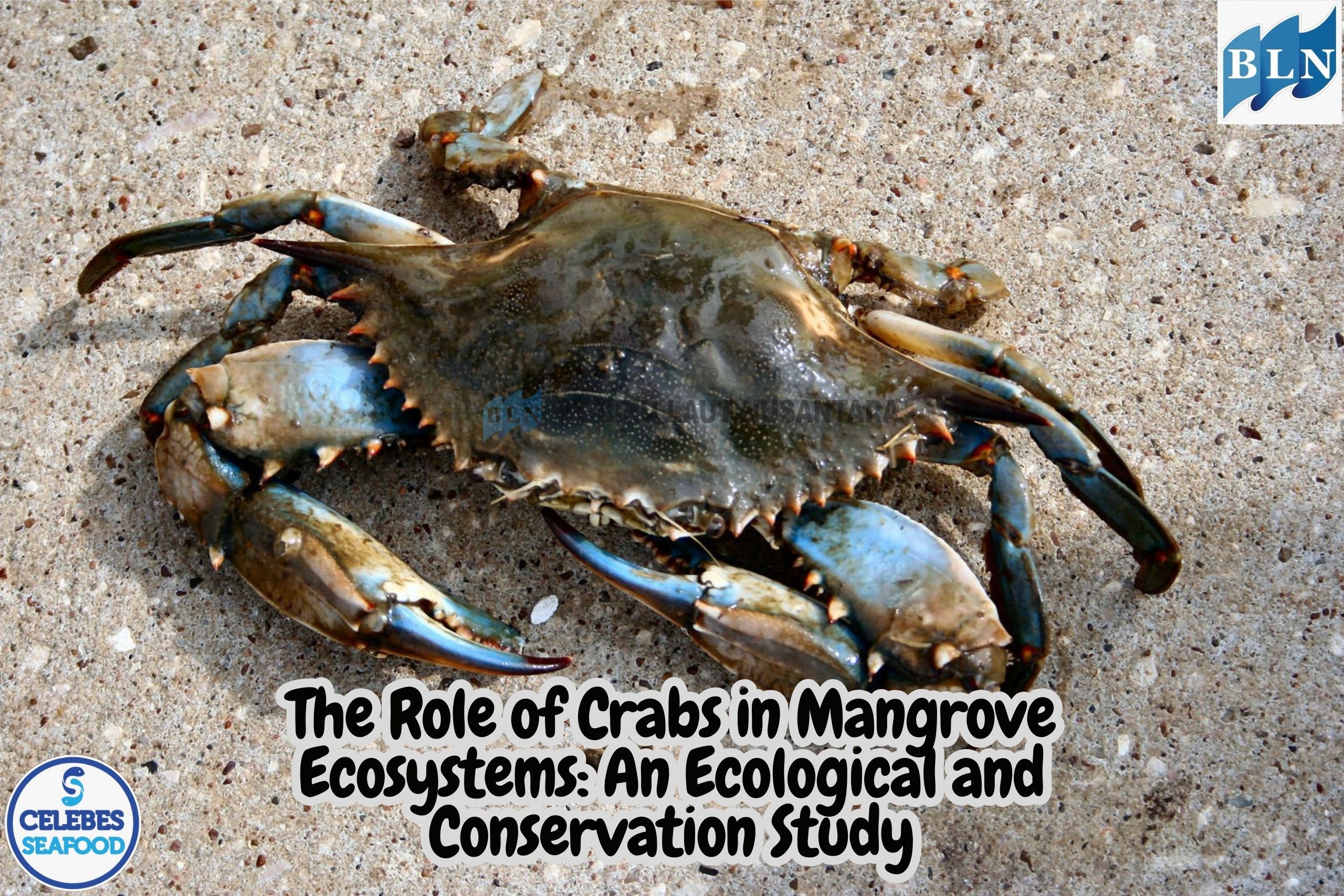Ecological and Economic Roles of Oysters (Ostreidae) in Coastal Ecosystems
By. Azizah - 28 Aug 2025.jpg)
lautnusantara.com Oysters (Ostreidae) are bivalves that play significant roles in both coastal ecosystems and human livelihoods. Ecologically, oysters function as natural biofilters that improve water quality through filtration, provide habitat for other organisms by forming oyster reefs, and help maintain the stability of aquatic ecosystems. Economically, oysters are highly valuable as a nutritious food source, raw material for the pearl industry, and as a promising commodity for coastal aquaculture. However, overexploitation, pollution, and climate change pose major threats to the sustainability of oyster populations. This article discusses the ecological roles, economic benefits, threats, and management strategies for the sustainable use and conservation of oysters.
Introduction
Oysters are bivalve mollusks that live attached to hard substrates in intertidal and shallow coastal waters. Beyond being consumed as a seafood rich in protein, omega-3 fatty acids, vitamins, and minerals, oysters are also well known for producing pearls (pearl oysters), which have high economic value.
Ecologically, oysters act as bioindicators of environmental quality and provide essential ecosystem services in coastal habitats. The presence of oysters is often associated with healthy and productive ecosystems. Therefore, studying the roles of oysters is important to support sustainable coastal management.
Ecological Roles of Oysters
1. Filtration and Water Quality Improvement
Oysters are filter feeders capable of removing organic particles, phytoplankton, and suspended sediments from the water column. A single adult oyster can filter several liters of water per hour, thereby contributing to water clarity and stability.
2. Oyster Reef Formation
Oyster colonies can form reef-like structures that serve as habitats for a wide range of aquatic organisms, including fish, shrimp, crabs, and other mollusks. Oyster reefs also buffer wave energy, reduce shoreline erosion, and enhance coastal biodiversity.
3. Nutrient Cycling
Through filtration and excretion, oysters recycle nutrients such as nitrogen and phosphorus. This process helps control eutrophication, which otherwise can degrade coastal ecosystems.
4. Environmental Bioindicators
Oysters are capable of accumulating heavy metals and other pollutants in their tissues. Thus, they are widely used as bioindicators for monitoring marine pollution.
Economic Benefits of Oysters
1. Nutritious Food Source
Oyster meat is rich in protein, essential amino acids, vitamin B12, zinc, and selenium. Its nutritional value makes oysters a beneficial seafood for human health.
2. Pearl and Handicraft Industry
Certain oyster species, such as Pinctada maxima, produce natural pearls with high market value. In addition, oyster shells can be used as materials for crafts and decorative items.
3. Animal Feed and Agriculture Industry
Oyster shells, which are high in calcium carbonate, can be processed into limestone powder for animal feed and soil conditioning in agriculture.
4. Aquaculture Potential
Oyster farming has developed rapidly in many countries due to low maintenance costs and high market demand.
Threats to Oyster Populations
Oyster populations in natural habitats face serious threats, including:
-
Overexploitation for food consumption and pearl industries.
-
Water pollution from industrial, domestic, and agricultural waste.
-
Climate change, which causes ocean acidification and interferes with shell formation.
-
Habitat loss due to reclamation, coastal development, and mangrove destruction.
-
Diseases and parasites, such as Perkinsus marinus, which can cause mass oyster mortality.
Management and Conservation Strategies
To ensure oyster sustainability, several strategic actions are required:
-
Sustainable aquaculture development to reduce pressure on wild populations.
-
Pollution control through stricter regulations on industrial and agricultural waste.
-
Oyster reef restoration by reseeding oysters in degraded habitats.
-
Designation of coastal conservation areas to protect oyster habitats.
-
Environmental monitoring using oysters as bioindicators.
-
Community education to increase awareness of oysters’ ecological importance.
If you are interested in our CALAMARI WHOLE ROUND,CUTTLEFISH WHOLE ROUND please do not hesitate to contact us through email and/or whatsapp.







 on the Seabed.jpg)